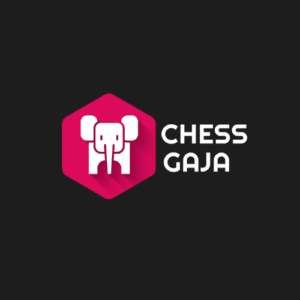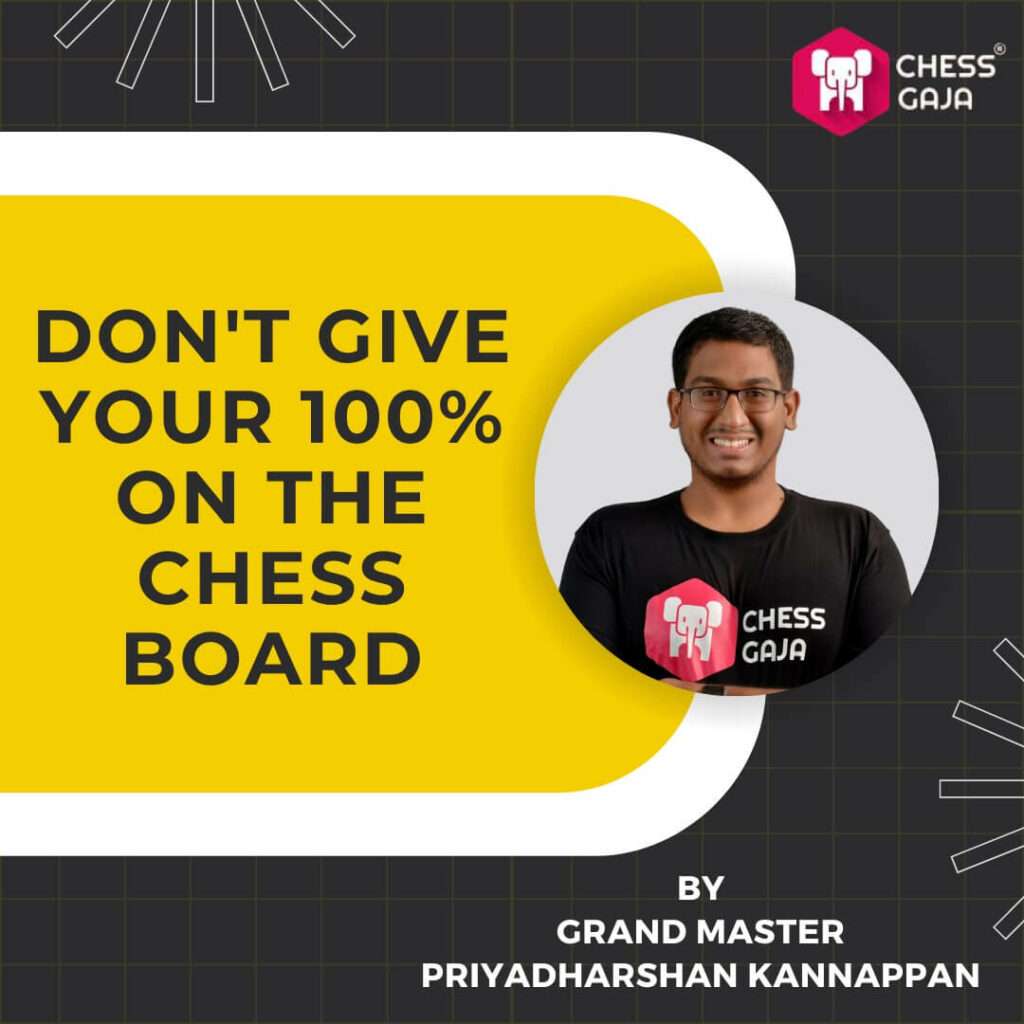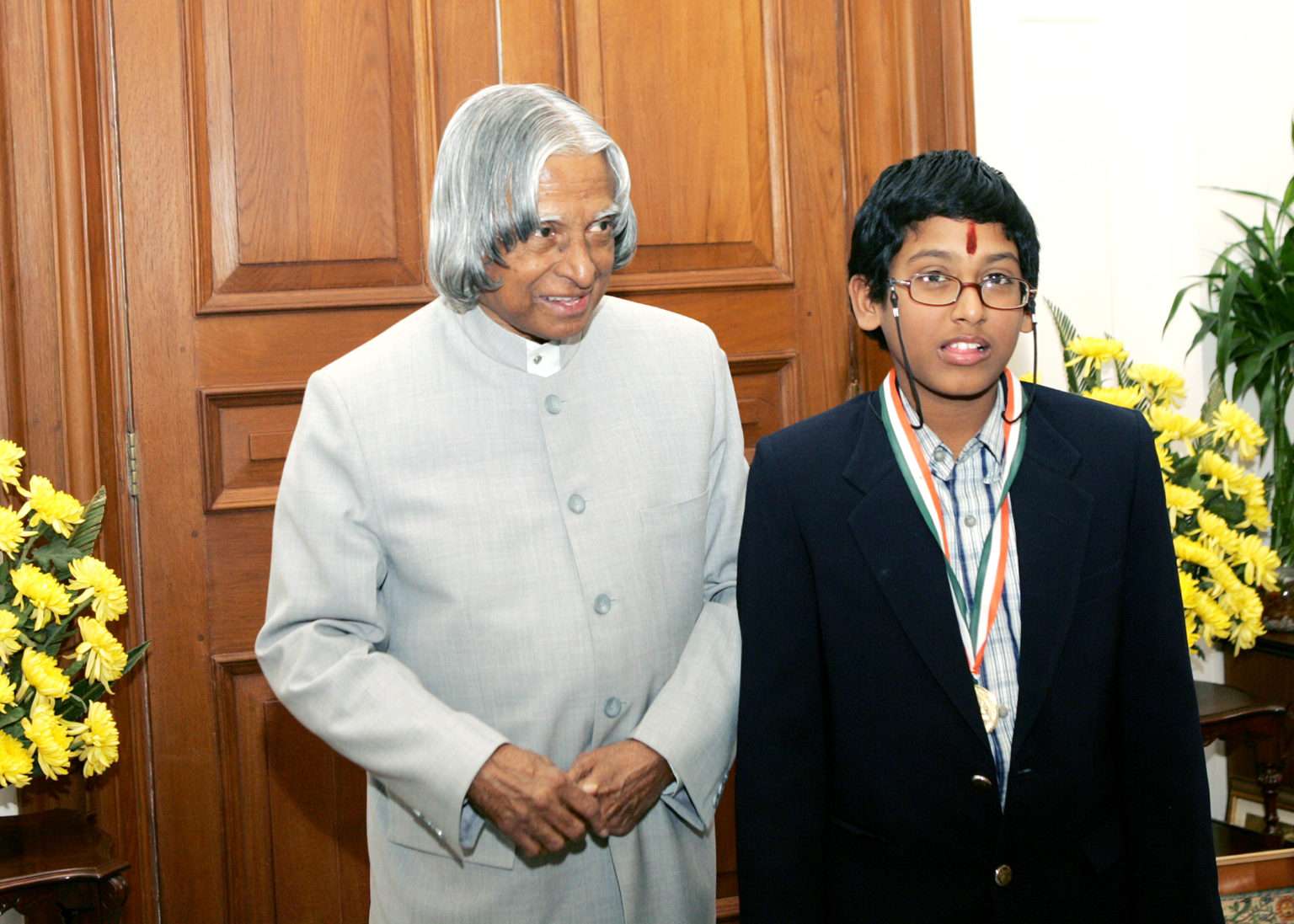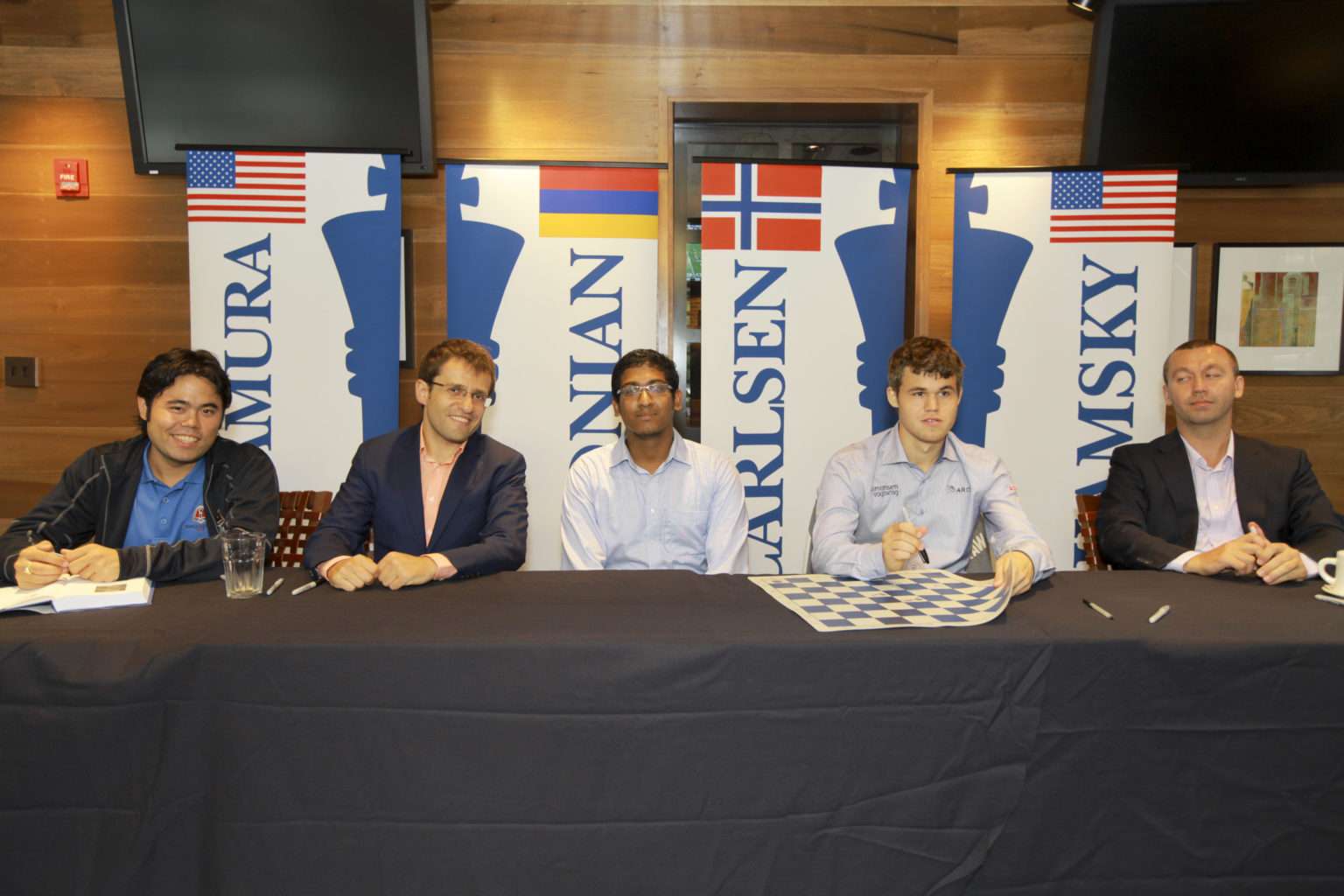Whenever we finish a chess tournament, we feel completely exhausted and the feeling is even worse if it’s 2 rounds every day and you have played fighting chess and have given your 100% every single game.
You might have noticed that in such scenarios, you generally play good chess in the 1st half of the event, but as you reach the end of the event, your exhaustion takes a toll and you play mediocre or substandard chess.
What’s the solution to this problem?
The 85% answer
If we change our effort in every game from 100% to 85% I believe we can solve the problem of getting burned out and getting exhausted!
So what’s this magical 85% that I am advocating for peak performance throughout a game and as well for throughout a tournament?
When you operate at 85% you are still pushing yourself, but not too much to the level of getting burned out, so you are maintaining a high level of play, but not the absolutely highest level.
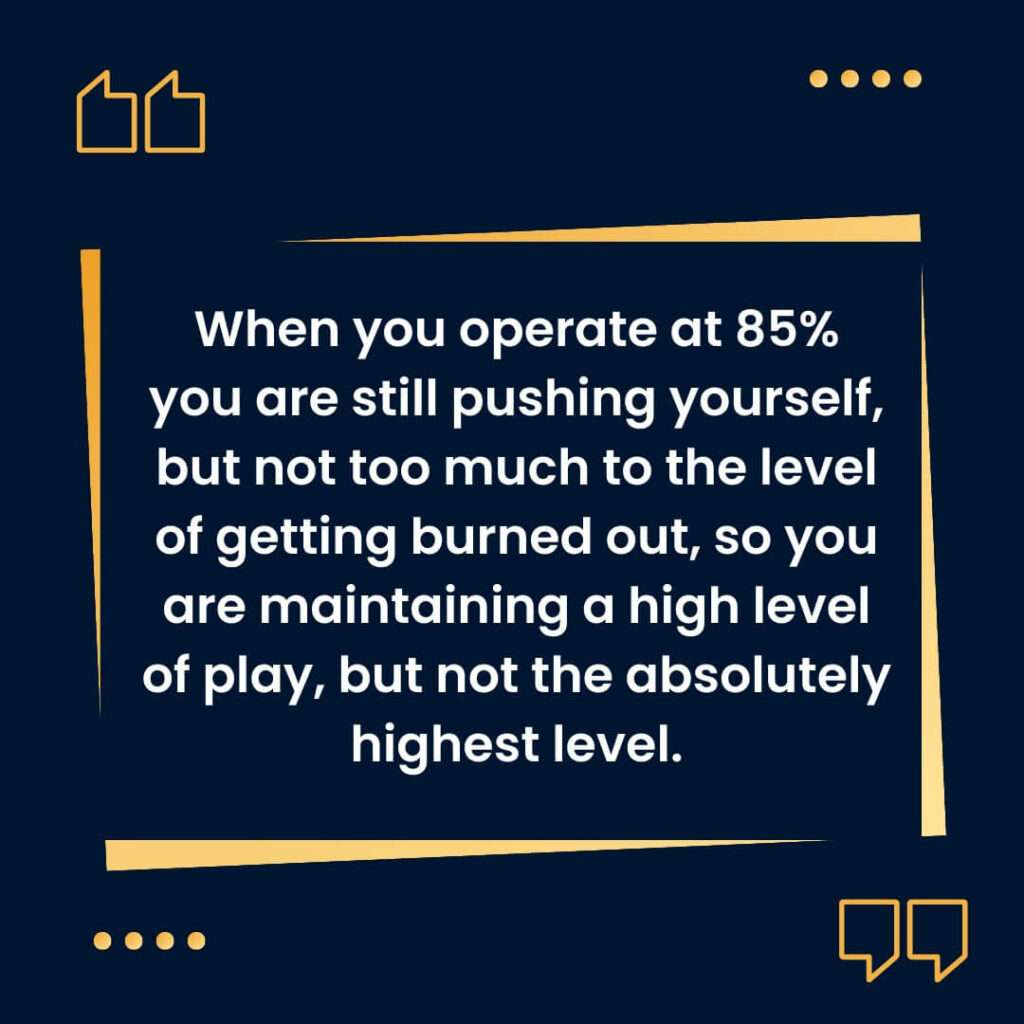
Two situations that can explain what I am trying to say
Example 1 – 10 Great moves and 2 Blunders
An example of this is to imagine you playing 10 brilliant moves in a game, spending 5-7 minutes per move, and at the end of the brilliant sequence, you have a substantial advantage, but you feel very tired and you have now got into trouble.
In such a situation, in time trouble, you make two bad moves or blunders, and all your advantage evaporates or you might even get yourself into a worse position.
Example 2 – 12 Good moves and 0 Blunders
In this scenario, you spend comparatively less time for each move, so you don’t get into time trouble and at the same time, you consistently play good moves and gradually increase your position and the advantage.
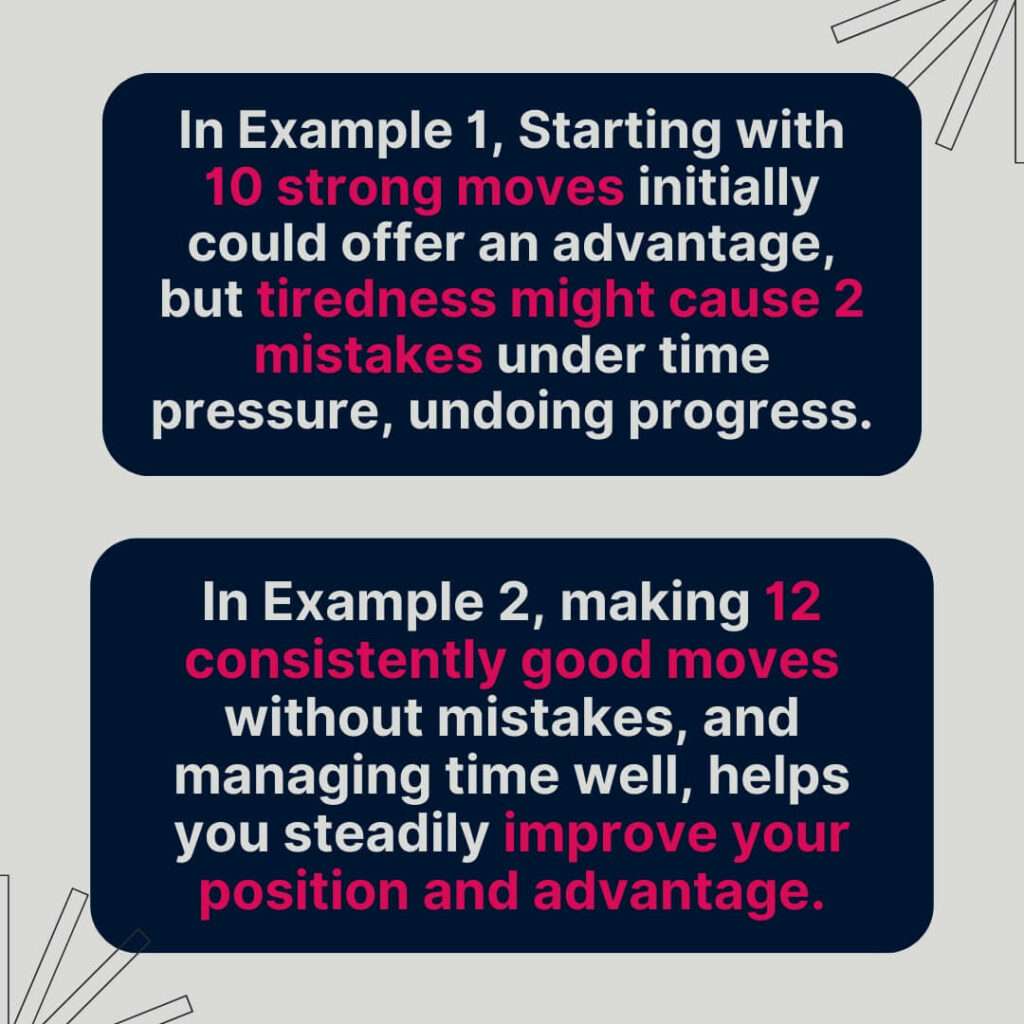
Now that we have seen both examples, I am sure most of you would be like, I would choose the latter option, as here my risks are lower and I would still have a pleasant position.
What’s the logic behind this 85% rule?
Playing at your 85% is not advocating for lazy play or for cutting corners in your calculation. I still advocate the players to push their limits, but not to overstretch and be practical in their calculations.
When you play at your 85% you are giving yourself, the breathing space to recover after doing some heavy calculations.
I would also like to say that 85% is not a hard and fast number, but this is a good general estimate for you to achieve peak performance when you are playing a game.
Is there any science behind this 85% rule?
There have been many articles in leading magazines and journals applying this 85% rule to get the best if you are an entrepreneur or a sportsperson, or if you are a manager.
In this article by Inc., you see the author Jeff Haden quoting examples of Hugh Jackman and Usain Bolt on how they use this rule to improve their peak performance.
In the following article in Nature.com, the authors of the paper also advocate for the “Eighty-Five Percent Rule” for optimal learning as they think it’s the sweet spot in which training is neither too easy nor too hard and where learning progresses most quickly.
So there is definitely logic and scientific evidence behind this 85% rule being the optimal way to approach learning and improvement.
Should I apply the 85% rule during training as well?
This is also very applicable during the training process as well, as you give yourself 15% room to make errors and not burn out and keep the focus and intensity alive when you are training.
So what should I do when I train? Choose examples and positions where you have a possibility to fail 15% of the time. That means you should choose examples and puzzles where you solve them most of the time, but you should give yourself the chance to make mistakes and fail, as that’s when you reach the optimal learning output.
So let’s say you are a 1500 and you decide to solve puzzles from “Calculation” by Jacob Aagaard it would not be a good idea, as you would fail to solve more than 80% of puzzles, and that would just kill your motivation and interest in the game.
Instead of choosing a book like Calculation, you should choose to read “Practical Chess Exercises – 600 Lessons from Tactics to Strategy” by Ray Cheng, as you would have about an 85% chance of getting answers right.
Conclusion
As a chess players, we are always trying for ways to enhance our performance and skills, and this “85% rule” is something that I would strongly recommend all the readers of this article to apply in their chess improvement journey!
If you are interested to learn more about chess improvement tips and ideas subscribe to the Chess Gaja newsletter to get better at the game.
If you found this article useful, please share it with your friends and family, and also let us know what other chess topics I should cover in the upcoming chess blogs.
Regards
GrandMaster and FIDE Trainer Priyadharshan Kannappan

